The Samsung Galaxy S6 and S6 edge Review
by Joshua Ho on April 17, 2015 9:00 AM EST- Posted in
- Smartphones
- Samsung
- Mobile
- Galaxy S6
- Galaxy S6 Edge
Software
Hardware is undeniably crucial to supporting a good user experience, but without good software to take advantage of the hardware it’s easy to make an unusable phone. However, trying to determine what qualifies as good software is often strongly subjective. There is a significant portion of users that believe any deviation from the Google Play/Nexus experience represents a negative, but in general OEMs seem to be convinced that it is necessary to differentiate their devices by modifying Android to fit their own vision for user experience. This can range from Motorola’s near-stock UI with custom applications and features designed to complement stock Android, to TouchWiz and Sense, which completely reskin Android and a set of custom applications that have a unique look and feel. In the case of the Galaxy S6, Samsung has lightly updated TouchWiz from its Galaxy S5 redesign to try and fit in with the Material Design update.
One of the most immediate aspects of the TouchWiz experience is the aesthetic design of UI. Fundamentally, not much has really changed here when compared to the Galaxy S5. Although TouchWiz was a huge step forward at the time, there were still some issues that included some Éclair-style tabs throughout the UI that required tapping the top tab rather than edge swipes that have become a staple in Android app navigation. Unfortunately, this remains in some rather prominent places like the dialer.
To be fair, Samsung has done a great deal to update the applications in TouchWiz to appear to follow Material Design. But fundamentally it seems that they’ve missed the point to some extent as applications like the email client appear to mostly match Material Design, while other aspects like the overflow menu and the floating action button (FAB) are noticeably different from how most Android applications behave.
For example, the mail application’s overflow menu is a drop-down menu that must be opened by tapping the top left area of the display, rather than a slide-out menu like Gmail. The animations associated with tapping the FAB in the mail application appear to simply fade in a new window rather than sliding into the window. These issues also extend to areas like the clock, calendar, gallery, and most commonly used applications. The clock is also notable for not having edge-swipe gestures to move from one tab to the next, and retains some odd skeuomorphic elements as the alarm and timer are both flip clocks.
TouchWiz's icon design also feels a bit dated at this point, and could use a refresh to better fit with everything else in Android. Custom themes could be a solution, but in my experience it’s exceptionally rare for end users to make a theme that is any better than what an OEM could produce. There are also some functional problems like not being able to access albums other than the camera roll when accessing the gallery from the camera and the inability to force alphabetic ordering of all applications in the app drawer. The latter is a serious usability issue as it's really rather annoying to have to constantly tap the A-Z sort button every time I install a new application.
Outside of these design issues, TouchWiz is now a surprisingly usable experience. I no longer need to immediately disable S-Voice activation on double-clicking the home button or deal with a laundry list of applications that will never be relevant, and S-Voice itself has a significantly improved user experience as it solely relies on voice activation using a trained phrase. This activation is accomplished using Audience’s eS804 chipset on the T-Mobile review unit, but appears to be done through the Wolfson audio processor on variants that don’t use Audience’s voice processor. I’d still rather have Google Now native voice activation, but S-Voice works surprisingly well in this iteration.
On the performance side of things, the Galaxy S6 provides a noticeable improvement in responsiveness over the Galaxy S5 in some critical areas where the Galaxy S5 fell short. The multitasking menu is now significantly faster compared to the Galaxy S5 on Lollipop, and in general things are noticeably smoother. I suspect most people won’t be able to tell a difference at this point, but in general UI performance is about comparable to the One M9. Both phones are somehow a bit slower than the Nexus 5 in general UI use, which is probably due to differences in governor settings and code performance. I did some simple logging of CPU frequency of both clusters over time and it appears that Samsung is migrating threads to the A57s any time the display is touched, which could be affecting responsiveness when UI threads are bouncing between cores.
The fingerprint sensor is easily the stand-out feature here, as Samsung has finally put some real thought into the software side of things. Unfortunately there’s still no API here to enable third party applications to take advantage of the fingerprint scanner, but Samsung has included authentication for saved passwords on the browser, which works painlessly and avoids some of the security problems with saving login information on the phone. The setup and operation of the fingerprint sensor in general is painless compared to the fingerprint sensor of the Galaxy S5, which was bad enough that it was often slower than a pattern for unlocking the phone and had no real use outside of unlocking the phone. It’s hard to argue that the iPhone 5s wasn’t the impetus for this feature though, as the 18-24 month development cycle of a phone suggests that this was a fast-follower move rather than an independent development at Samsung.
Overall, although there are some issues with the polish of TouchWiz it’s definitely good enough to use on a daily basis. It’s still not as polished as some other UIs, but it’s 95% of the way there. Samsung has managed to provide useful features and dial back much of the unnecessary clutter of previous iterations. Aesthetically speaking there are some imperfections, but there are no major impedances on usability the way there was in TouchWiz on the Galaxy S4. With some further iteration and improvement, I’m sure TouchWiz could become a selling point for the phone as opposed to not detracting from the experience.


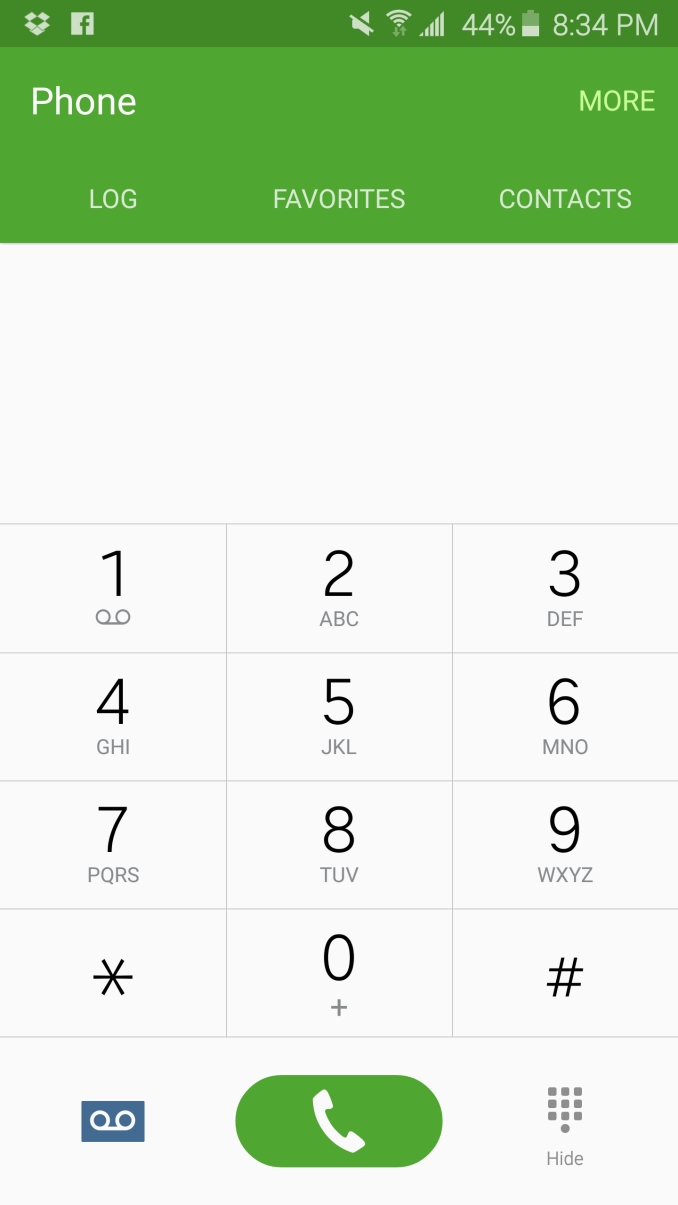


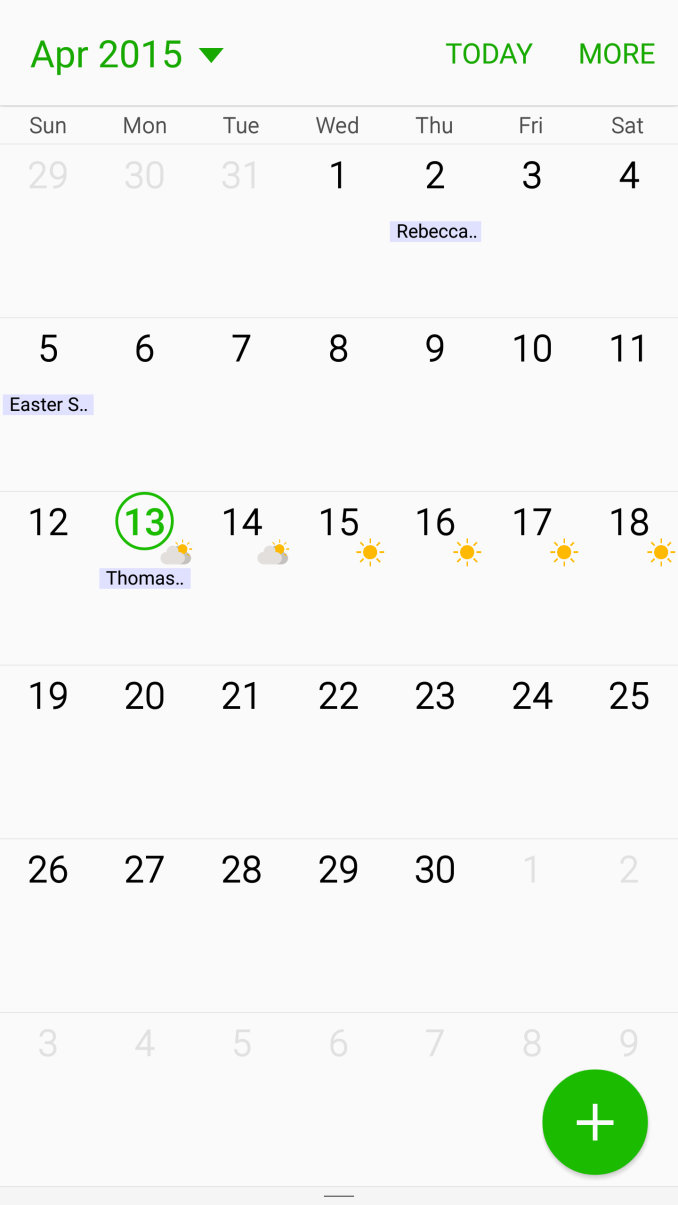
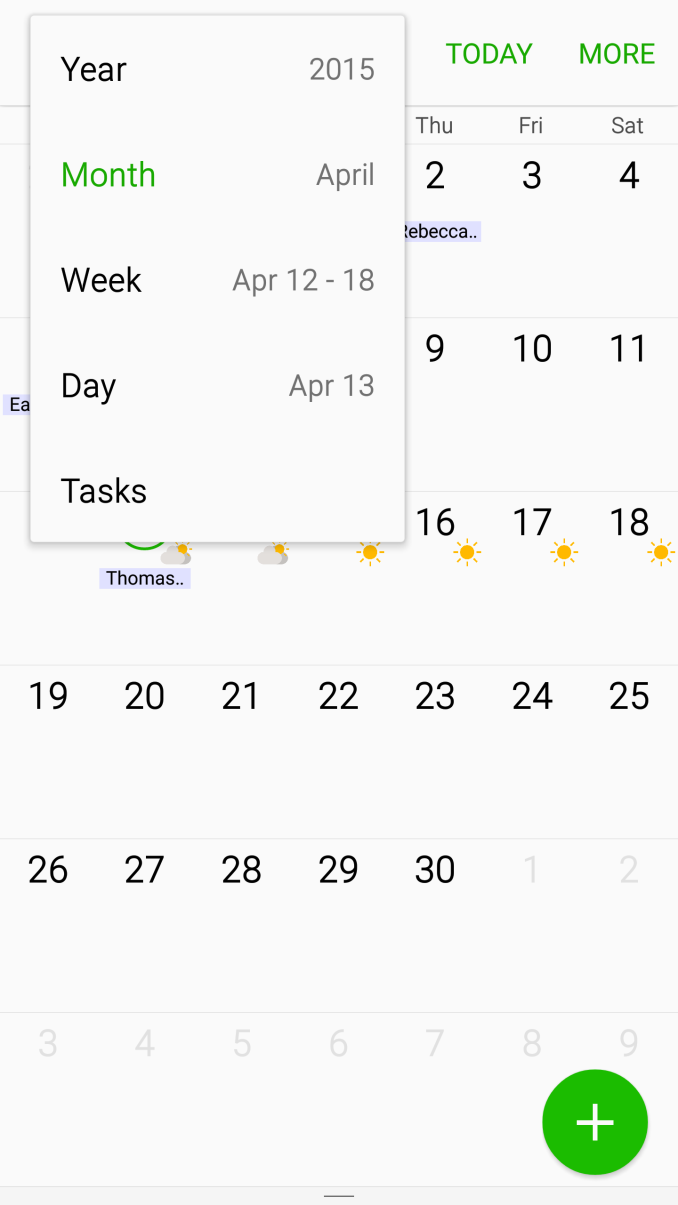



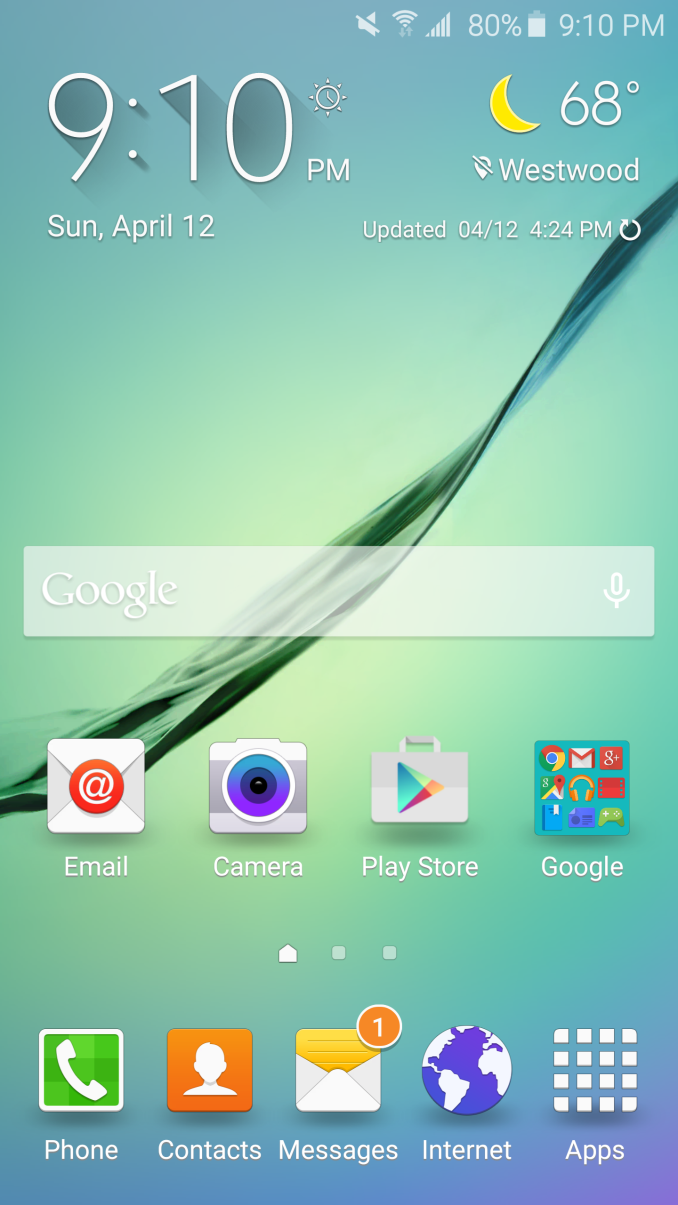
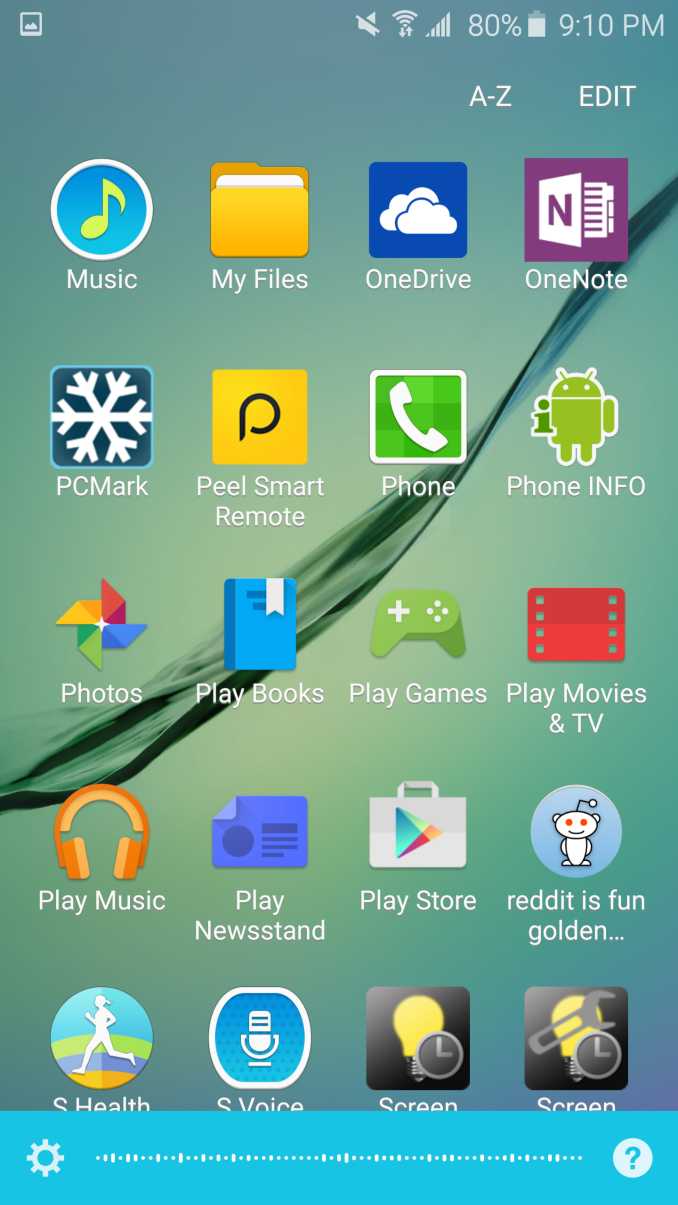












306 Comments
View All Comments
bogda - Saturday, April 18, 2015 - link
External SD on Android is mostly for media files so for me capacity is much more important than performance. Songs and videos will play the same regardless of SD speed.I am not going to watch video at 8x speed.Notmyusualid - Saturday, April 18, 2015 - link
To be honest, I'm happy you are happy with your purchase.To me, it looks gorgeous, but it seems a tiny step down from my GS5. No micro sd slot, no removable battery, no waterproofing (a big one this), and I notice the GFX Bench had worse battery life too.
That record charge time might persuade me, if I were to lose my GS5 drunk etc. But then a second-hand GS5 is a bargin now.
ethebubbeth - Friday, April 17, 2015 - link
My LG G3 has both removable battery and a microSD slot. Here's hoping they continue to carry the torch since it appears that Samsung has dropped it.Ammaross - Friday, April 17, 2015 - link
We'll find out at the end of the month when they announce the LG G4. I'm waiting to see/hear specs on it (officially) before pulling the trigger with an S6. The loss of the SD slot is a bit painful when you have to pony up an extra $100 for a measly extra 32GB....akdj - Friday, April 24, 2015 - link
Or two hundred for incredibly fast internal NAND storage, a bump of 96GB.I've owned each iteration of the Note (business line) except Note 2. Still have the Xoom. iPhones, same --- our employees carry them and I use the 6+ as my personal phone. I didn't upgrade Note 1 --> 2, as I couldn't get out of Note 1 quickly enough (contract). Slow as molasses. 2 changed that, and when it was time to get rid of it, the Note 3 was entirely new 'experience-wise' in comparison. Ten times quicker! I've had the Note 4 since release and I've found the further we move up in Android versions, the less 'control' I've had over where and what storage I'm able to keep on the microSD card
Media, for sure....but for two bills more, over two years is $8/month for 128 GB. I've got the 6+/128 and I've never felt pinched. Even with 3 & 4GB HD movie files I've not compressed. Battery life is incredible on both and other than extended oversea flights I've never had a problem. I also have a TB or 4 at home sharable to the remote phones and tabs from the house but I've never needed to re download extra music or motion while on holiday travel. Best to get out and see the scenery than watch our phones.
128 is a large chunk of internal data to hold. And it's 'not' expensive. If you're a DSLR shooter and use CF cards, motion, or proprietary capture (P2, SxS, RED's SSDs, etc.) --- you know how expensive a 'fast' card is. Even the quickest can't hold a candle to the latest Sammy and Apple MLC/TLC storage. Stairway to Heaven is going to sound the same when you get home but the ability to capture the shots you want, motion and speeds or different resolutions keep the internal NAND's speeds, reliability and prices continue to rise (first two), and drop (price) for these sealed, internal storage modules.
As for batteries ...I've also owned each iPhone and other than Mophie cases on the smaller phones, I've found no such need on the 6+, from the scores shown here...that'll be the case with the S6 as well.
Peichen - Saturday, April 18, 2015 - link
Seems like LG G4 will have removable back, battery and a microSD slot according to leaks.Lonyo - Friday, April 17, 2015 - link
They lost me. My new phone (replacing an S3) arrived yesterday. It has a MicroSD slot and a removable battery.I'm using a MicroSD card in it. It's the one I had in my S3.
Samsung want me to pay $200 premium to upgrade from 32GB to 128GB when I already own 128GB of phone-compatible storage. They can shove it.
Notmyusualid - Saturday, April 18, 2015 - link
+1juxt417 - Wednesday, April 22, 2015 - link
Hope you have everything backed up for if/when that bad boy fails. I gave up on SD cards after mine burnt out.ahw - Friday, April 17, 2015 - link
SD Card slot is the bigger issue, IMO. Samsung has already lost a customer: me. I have an S4 and am eligible for an upgrade. It won't be the S6.